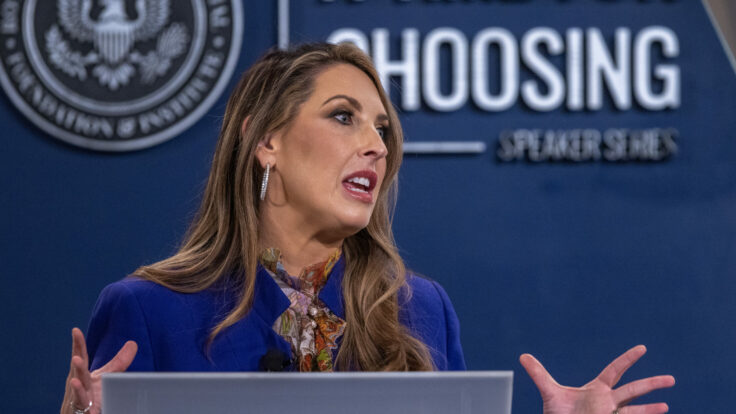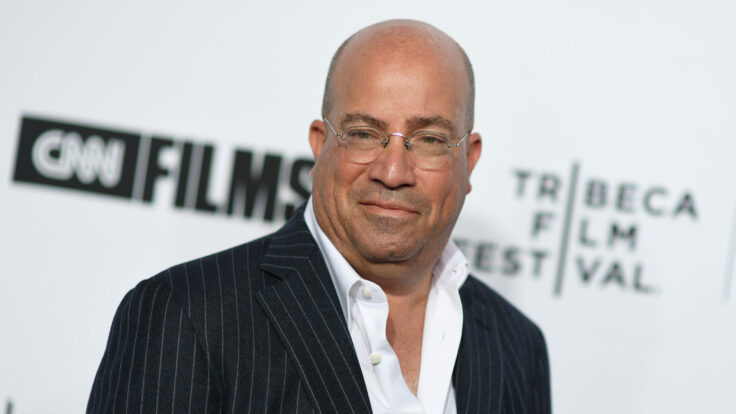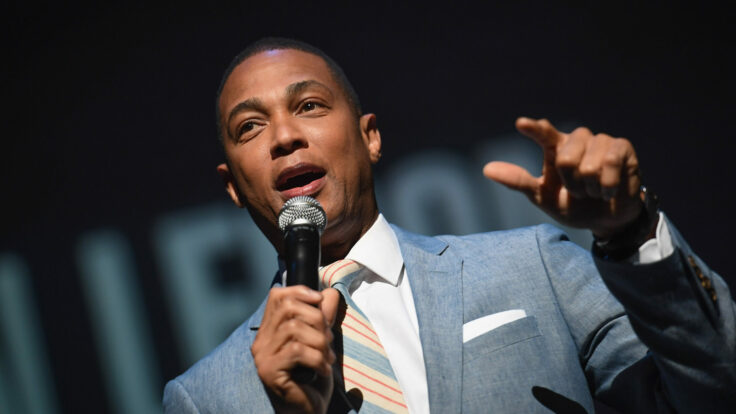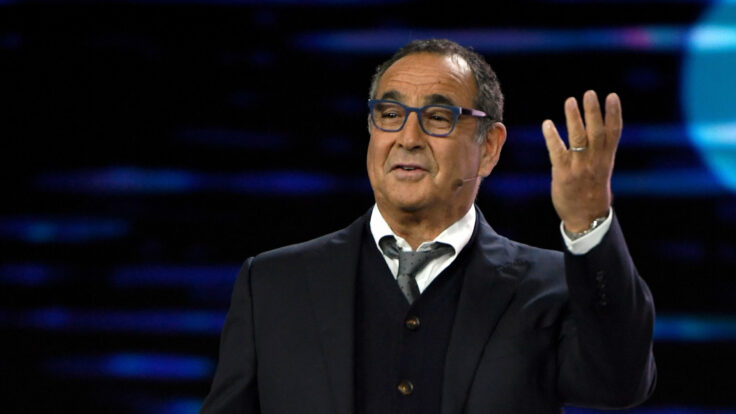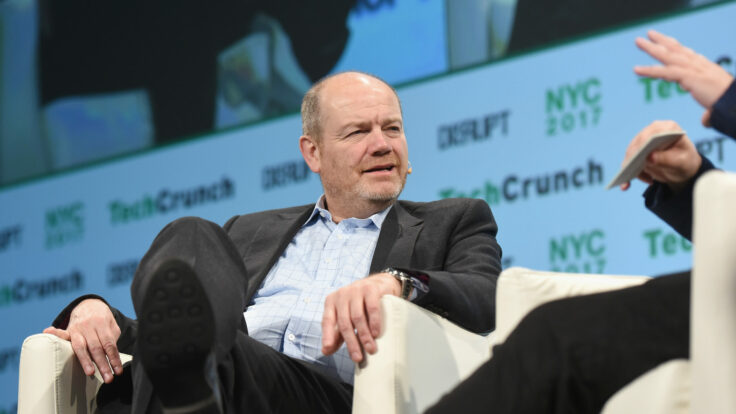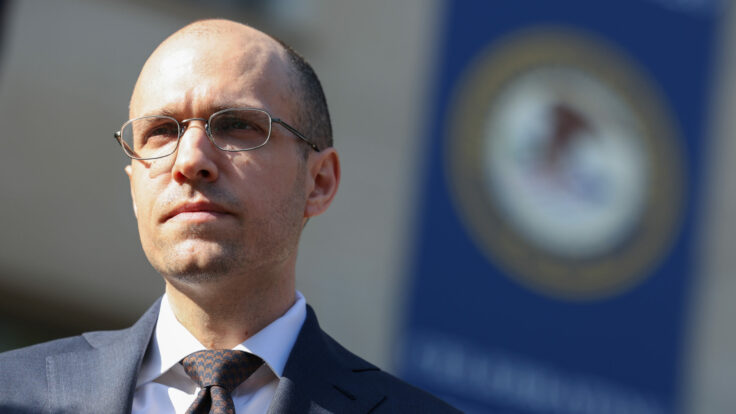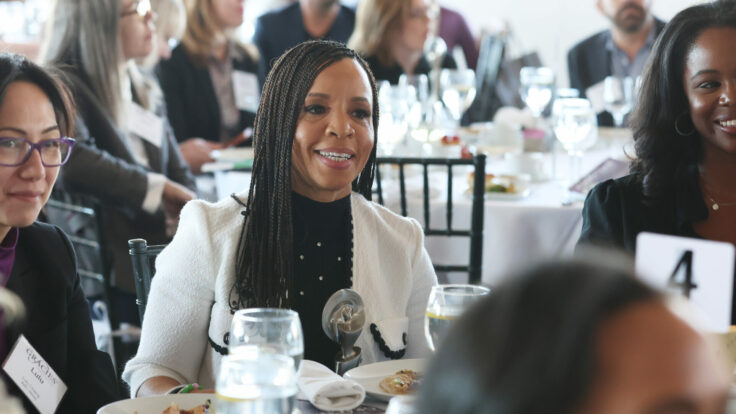One of the enduring charms of Washington D.C., where I lived from 2011 to 2014, and where I found myself this week, is the way its drab streets, dimly-lit bars and earnest Brooks Brothers-attired political-media class immediately envelop you in their own cozy myopia. Here, in the shadow of monuments appealing to a broader view of history and the world, is a town where insularity and incrementalism reign; where moods and conversations are determined by the daily news cycle; where an errant quote from either end of Pennsylvania Avenue can set off city-wide alarm; where cable news is still on, and its cast of characters intimately known; where almost everyone is referred to by their first name, because who else could one possibly be referring to; and where little that happens outside of l’Enfant’s four-quadrant grid is worth gossiping about, unless it happens on the campaign trail. Washington may be the heart of international democracy, but it’s also the world’s biggest high school cafeteria—obsessed with itself, its players and its institutions, alike.
One among these institutions is The Washington Post. After being acquired and resuscitated by Jeff Bezos, in 2013, the company was spurred to record growth by the overwhelming national interest in Trump, and widely celebrated for its editorial achievements under Marty Baron. Now, the paper still romantically linked to Woodward and Bernstein once again finds itself—somehow, bewilderingly—at an inflection point. The challenge this time around is hardly existential; after all, a 145-year-old institution owned by a 145-billion-dollar man, staffed with some of the nation’s best political and investigative reporters, isn’t exactly hanging by a thread. Nevertheless, the Post has challenges of direction and ambition stemming from the very parochialism that defines the town it calls home. And these challenges are amplified when its performance is juxtaposed with its biggest competitor, at least in the cultural imagination, The New York Times.
The Legacy Wars
In the national consciousness, the Post shares an exalted place with the New York Times—a status afforded by its historic reporting achievements and its seat in the nation’s capital, yes, but also a status reflecting its romantic portrayal by Hollywood. The Post’s most notable leaders and journalists have been portrayed by Meryl Streep, Tom Hanks, Jason Robards, Robert Redford, Dustin Hoffman and Liev Schreiber, in Oscar-nominated or Oscar-winning films. No such A-listers have been cast to populate America’s collective memory of Punch Sulzberger, Abe Rosenthal and Neil Sheehan—never mind that it was that triumvirate which actually published the Pentagon Papers.
Meanwhile, in reality, the Post has spent most of its history living in the Times’ shadow. With notable exceptions, it has almost always had a smaller staff, a smaller readership, and a smaller claim on every facet of the national conversation not pertaining to politics, policy, and national security. It is, after all, Washington, not New York.
The Bezos-Baron era was one of those notable exceptions, largely because politics so overwhelmed the national conversation. The Post’s digital readership, which was already growing at a rapid clip by the time Trump announced his candidacy in June of 2015, surpassed the Times’ paid audience four months later. Next month, Bezos told Charlie Rose that the Post was “working on becoming the new paper of record”—a direct shot at the Times, the actual paper of record, that became part of the Post’s marketing campaign. Bezos was also ultimately involved in deciding to make “Democracy Dies in Darkness,” a quote popularized internally by Woodward, the first official slogan in the paper’s history, Post sources told me this week.
During the roaring Trump years, the Post grew digital subscriptions at roughly 50 percent year over year, reaching three million subscribers in 2020, triple the paid audience it had when Trump won the election. The Times, which had just over two million subscribers in 2016, grew at a similar clip and closed 2020 with over 6 million subs. Both papers exquisitely took advantage of the marketing, pricing, and technological levers at hand as the news media became infatuated with subscribers in a manner similar to the way Wall Street analysts monitored the growth (and growth at all costs, at least for a time) of the nascent streaming industry.
Meanwhile, the papers understandably milked the spotlight that came from their altruistic competition. They sparred daily over scoops from the Trump circus, and Times and Post reporters turned into national celebrities, with lucrative book contracts and cable news contributor deals to boot. Myriad articles about the revival of the Post-Times rivalry were written, including one particularly long feature in Politico Magazine by Joe Pompeo about the “not-so-bitter rivalry” between Baron and Times executive editor Dean Baquet, friends and fellow lovers of art.
For several years, it genuinely seemed as if this was the beginning of a new rivalry that would endure well beyond Baron and Baquet’s respective tenures. But when the Trump bump ended and Baron left, it became painfully clear that only one of these two organizations had been working aggressively to ensure success in the post-Trump landscape, and the other had not.
Outside the Beltway
Under former C.E.O. Mark Thompson and now current leader Meredith Kopit Levien, the Times Company has aggressively diversified its business, building out sticky lifestyle products like Games and Cooking and podcasts like The Daily that made it a fixture in its subscribers’ lives, well beyond the core news product. It also became aggressively acquisitive, buying The Athletic for $550 million and Wordle for more than $1 million. It leaned into star-powered editorial products that recognized the affinity and convening power of Sam Sifton, Sorkin, and David Leonhardt. Finally, it launched slick and costly marketing campaigns intended to remind people of all that it had to offer—a shrewd cost-effective top-of-funnel play that gingerly repositioned it as a credential of the college-educated world, a far vaster total addressable market to begin converting. Thanks in large part to these efforts, it now has nearly 10 million digital subscribers and plans to reach 15 million by the end of 2027.
The Post, which has lost readers since Trump left office and now has fewer than 3 million subscribers, never built out similar lifestyle offerings, never pursued big acquisitions, and, with a few exceptions, maintained a marketing strategy largely driven by the philosophy of letting the journalism speak for itself, which hardly makes sense in a direct-to-consumer media ecosystem. The problem for the Post is that, when politics and policy and national security is not the national story du jour, there’s not a whole lot left to speak of, unless you’re a Commanders fan. And, either way, Politico and Axios do a pretty good job on that turf, too. So does, of course, the Times. The Post may be the central media light of D.C.—but what about the other hundreds of millions of people who live outside its borders?
Both the Post’s publisher Fred Ryan and its executive editor Sally Buzbee understand this problem, and concede there is a vast delta that exists between its business and that of its rival to the north, several well-placed Post reporters and editors tell me—a delta, in fact, that could take years to mend. The problem, these sources say, is that they have yet to put forward an aggressive, coherent strategy for figuring out how to bridge that gap—a strategy many believe should have been put in place well before the 2020 election.
The official line out of 1301 K Street is that they intend to grow the core product while expanding into other coverage areas, as evidenced by the recent launch of a health and wellness vertical and an expansion of climate coverage. Sources also talk about a stronger investment in technology and surveillance coverage and accountability journalism in areas like sports and entertainment. (Earlier today, the Post published an in-depth report on the NFL’s failure to promote Black coaches.) The Post has also hired Ben Williams, a veteran of GQ and New York, to oversee features. There are abstract plans to revamp the storied Style section once made famous by Sally Quinn. And the Post is also adding more overseas jobs to expand international coverage and keep the product running 24-7.
Alas, these seem like insufficient editorial bandaids aiming to address more gaping challenges. (The Post isn’t alone here among D.C. media icons. Axios reported this week that The Atlantic, which thrived during the Trump and peak-Covid era, is looking to I.P. generation, perhaps as a way to account for this new age.) All of this speaks to a desire, at least, to grow the Post’s national and global presence and to make it more intimidating outside of Washington. But it’s hardly evidence of a robust and focused strategy for making that happen. These aren’t new products, they’re ancillary beats, which means the Post is ultimately still betting on its political and investigative coverage to grow the business—and betting against the idea that it needs to refashion itself as a lifestyle brand with truly diversified offerings to sustain the journalism. Perhaps that’s possible for the Post, especially with a wealthy benefactor like Bezos behind it. But it is also evidence of that uniquely Washingtonian parochialism, which the Post, for all its recent success, can’t seem to shake.






